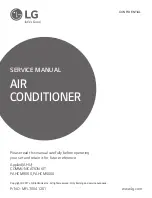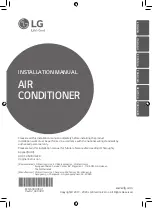
45-031 REV. 11/19
11
3.13 Load Positioning
• Be accurate in load placement. It’s important to know what the load will do when it’s
released.
• Always carry loads as close to the floor as possible, consistent with the surface being
traversed. Scraping or bumping the floor surface with the load or the attachment can
severely damage the attachment and cause product damage. The mast should be
tilted back.
• Always keep the load positioned as close as possible to the horizontal center of the
lift truck.
• Always back down ramps or inclines. Driving forward down a ramp or incline with a
clamped load will lessen the stability of the truck. (Figure 3-4)
Figure 3-4
• Do not cross dock boards or dock levelers with the attachment or carriage fully
lowered. Ramming the front or rear of the attachment against a dock board can
cause severe damage.
• Limit lift truck movement to a minimum when high stacking. Limit sideshift movement
to a minimum when high stacking.
• Always be observant when high stacking. Look for poorly stacked loads, overhead
obstacles, broken cartons, or damaged products in the stack.
• Travel slowly around corners. Sound horn on blind corners. Be careful of tail swing
and overhead clearances. Watch in all directions. Avoid sudden stops.
3.14 Operator’s Controls
Some lift trucks are equipped with a single lever to control both hoist and tilt functions,
others have separate levers for each function. Refer to your lift truck manual for more
information.
For clarity, the direction of arm movement is shown on the control handle. To move the
arms in the direction shown, pull the handle towards the operator. To move the arms in
the opposite direction, the push the handle away from the operator. (Figure 3-5)




































